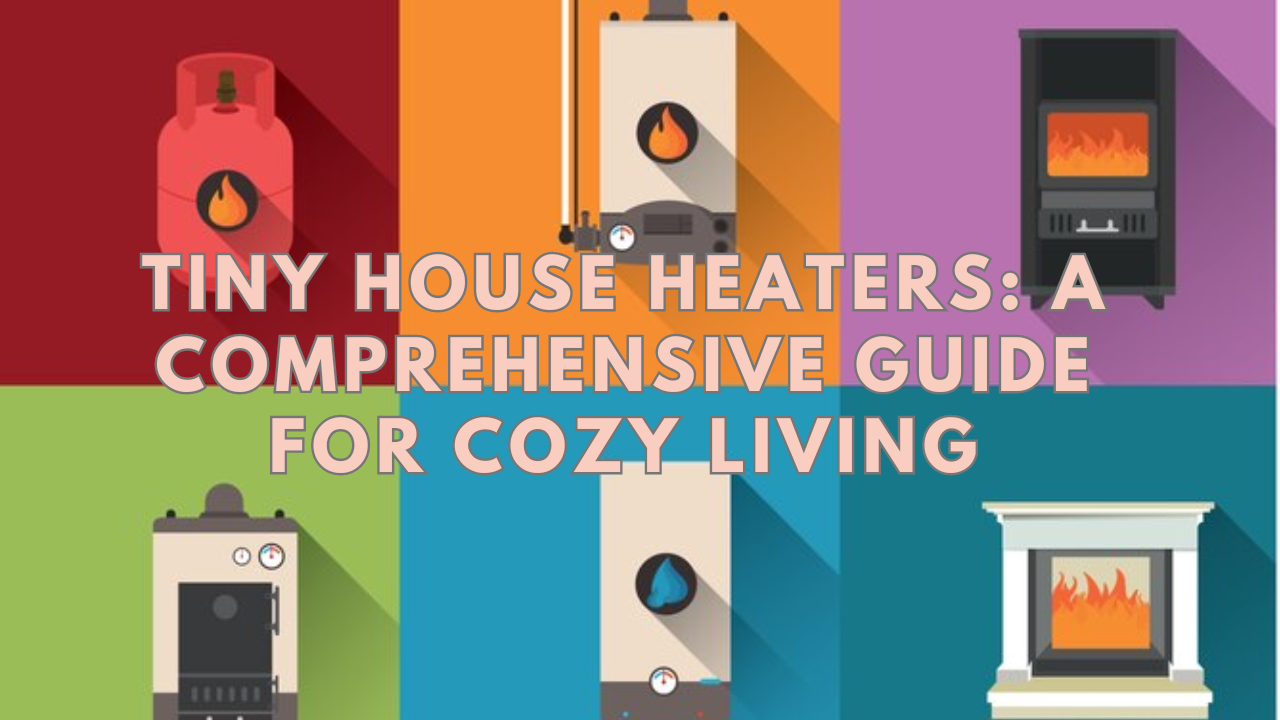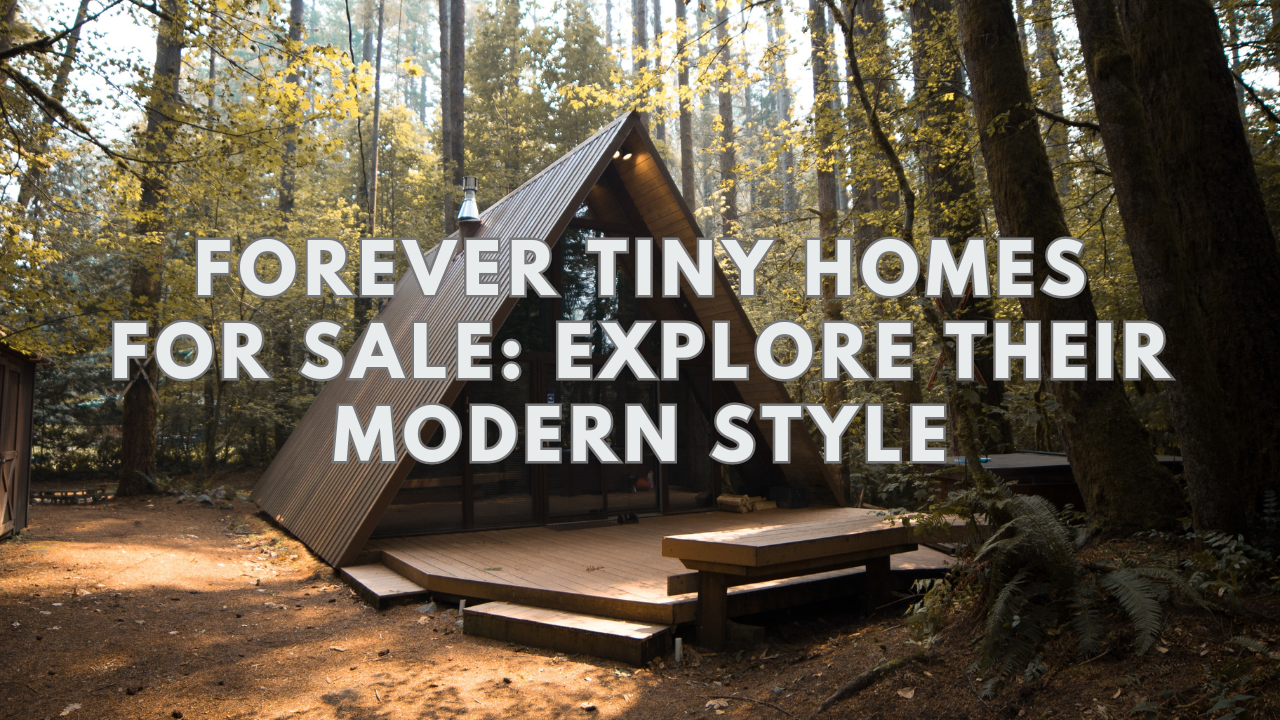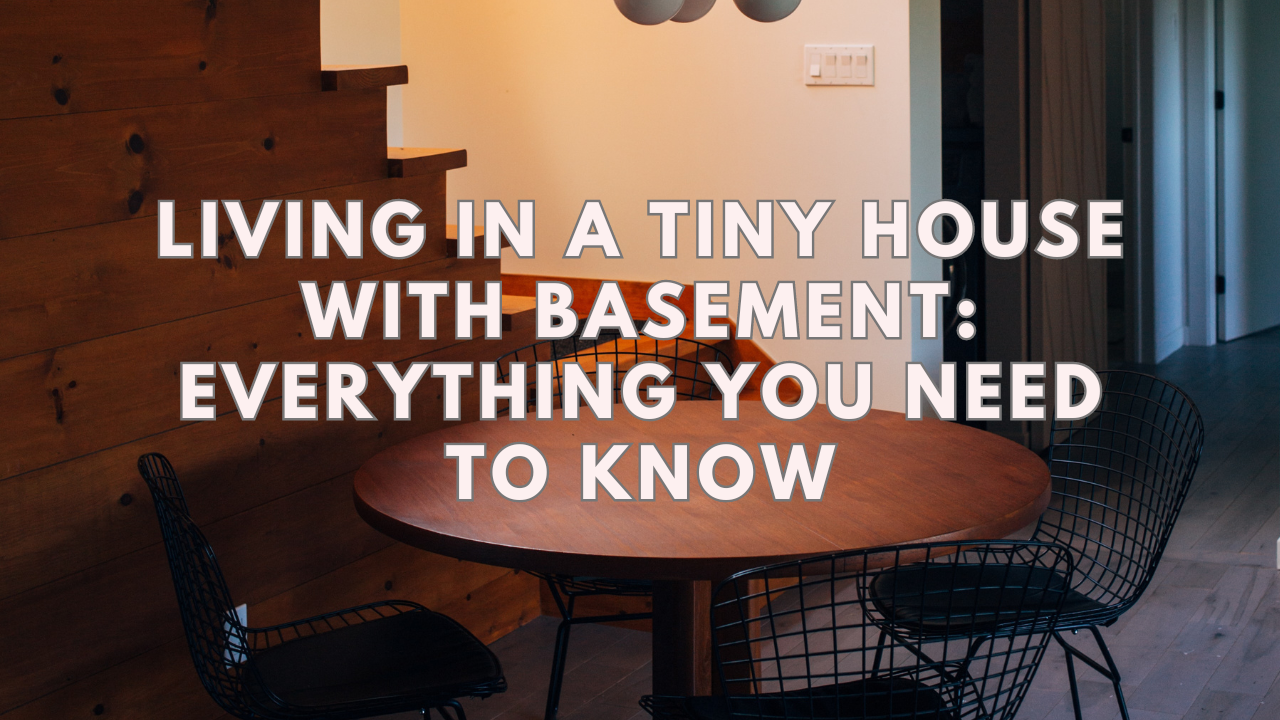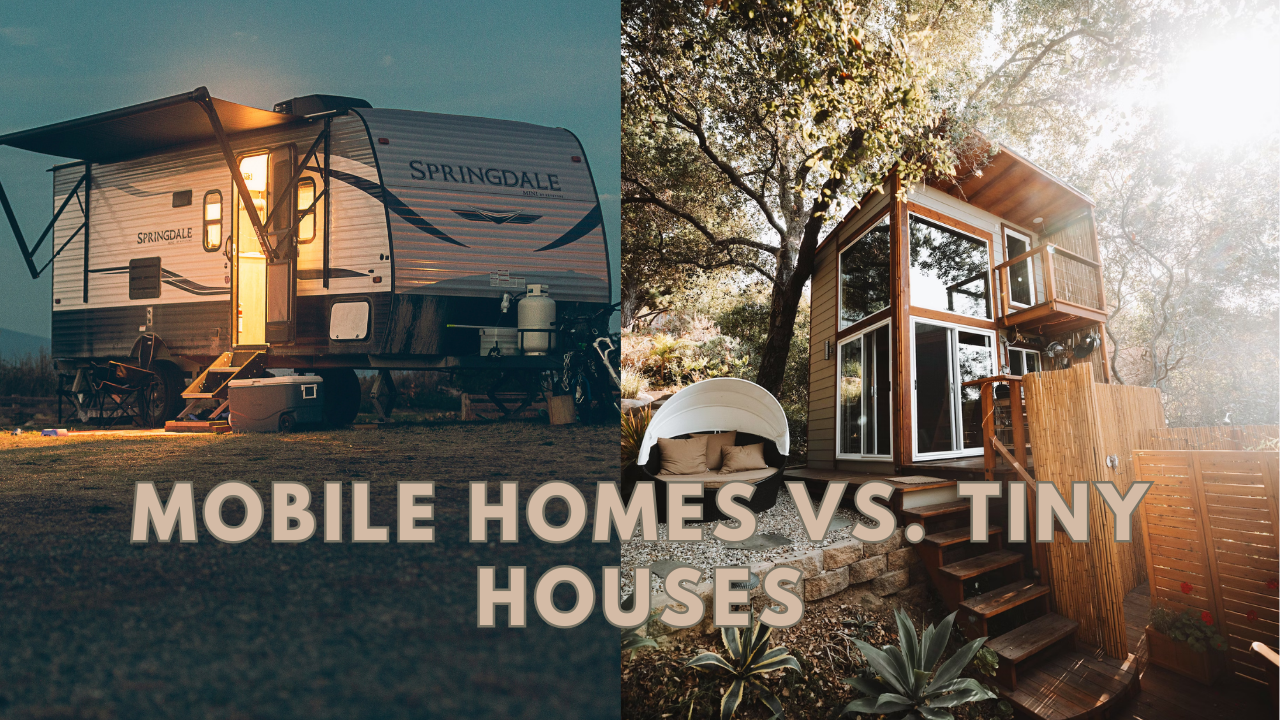One of the most important things to consider when living in a tiny house is keeping your space warm and cozy during the cold winter months. Luckily, there are many great options available for heating your tiny house.
In this ultimate guide to tiny houses, we will explore the top heaters specifically designed for small spaces. From compact wood stoves to efficient propane heaters, we have researched and compiled a list of the best options to help you find the perfect heater for your tiny house.
What Are the Main Heating Options for Your Tiny House?
A few factors are involved when selecting a heater for your tiny home. You must ascertain whether your tiny home will be off the grid or on it.
- If you are grid-connected, your options for heating are greater and include the most practical ones: a heat pump and electricity.
- If you’re off the grid, the use of wood and fossil fuels is pretty much your only option.
Although electric heating is the most convenient and clean option, based on where you live, the price of electricity may not be in your favor.
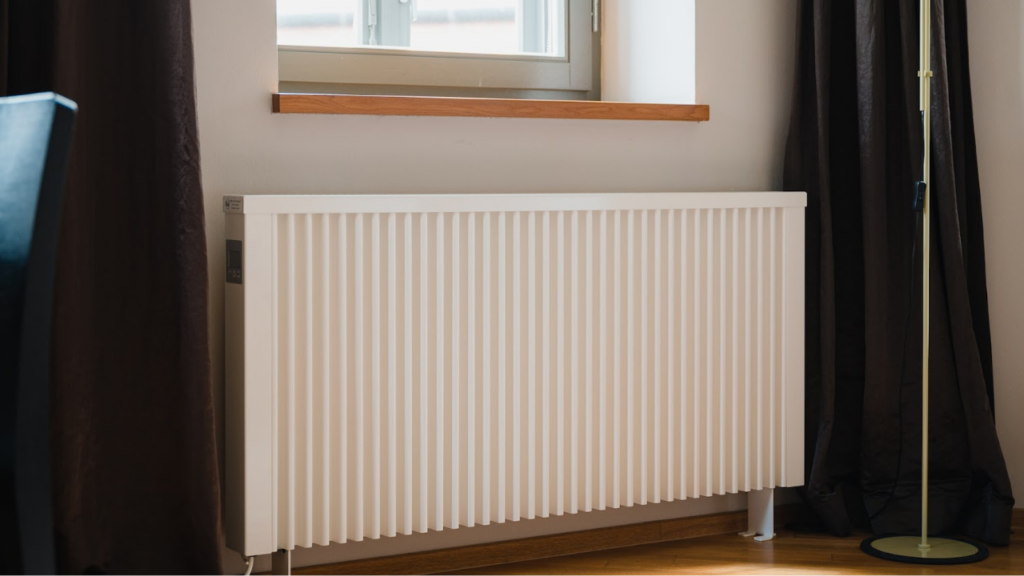
1. Wood (Pellet Stove)
While they require more upkeep than electric or propane heaters, wood stoves provide a distinctive atmosphere in tiny homes. For optimal performance and efficiency, they need regular cleaning and maintenance.
Wood stoves also need enough ventilation to keep smoke out of the living area. Furthermore, if wood stoves are not adequately ventilated outside during the cold months, their high heat output could result in excessive condensation.
In colder climates, homeowners can discover that investing in a pellet stove is advantageous. In contrast to alternative solutions, this one needs an exhaust system or chimney for venting, heating, and cooling the compact homes. The stove consumes compressed wood or biomass pellets, albeit at a potentially greater initial cost.
Pros:
- Little environmental impact
- Suitable for cooking
- Fuel wood is less expensive than electricity.
Cons:
- The increased cost of buying
- A lot of clearance is required
- It’s tough to locate a tiny one
- Require upkeep
2. Propane Heater
Because of their portability and simplicity of use, propane heaters are growing in popularity among owners of tiny houses. Relative to other fuel sources like electricity or wood, propane is more affordable but needs frequent renewal, depending on use. Inadequate installation or misuse of propane heaters can result in considerable carbon monoxide emissions, so it’s critical to take every necessary safety measure when using them in your house.
Pros:
- Burns is quite neat
- Simple to manage
- Significant energy savings
Cons:
- Use of fossil fuels
- Gaseous carbon monoxide as a residue
- Less ecologically friendly source of energy
3. Electric
The most popular heater employed in tiny dwellings is an electric heater. Typically, they are lightweight, compact, and simple to install. Electric heaters are incredibly adaptable because they may run on batteries or electricity. To allow you to regulate the temperature more precisely, they usually feature temperature settings to be adjusted, and some even include thermostats. Comparing electric heaters to other kinds of heaters, they are also reasonably priced. The drawback is that they might not be as effective as other heaters and need frequent upkeep to be in good operating order.
Pros:
- Inexpensive
- Widely accessible
- No installation
- Select the appropriate BTU size for you.
Cons:
- Occupies floor space
- Not overly ornamental
- Consumes a lot of electricity
- Not helpful when off the grid
4. Heat Pumps
Although often more costly than other heaters, heat pumps offer an energy-efficient solution for heating a little house. Heat pumps use a compressor system to move warm air from the outside into the tiny house. Since no fuel creates hot air inside the house, this method gradually lowers energy expenses. For heat pumps to function effectively, they also need routine maintenance, such as filter cleaning.
Pros:
- Effective
- Able to cool and heat
- It requires no floor area.
- Regulated by a thermostat
Cons:
- High starting price
- Requires professional assistance to set up
- Not suitable for colder regions
5. Kerosene Heater
When compared to propane, kerosene is the more affordable choice. Many believe the setup and fuel expenditures associated with kerosene are worth it. Compared to propane, this form of heat produces a larger BTU output and burns extremely hot. It is more harmful to the environment and does not burn as cleanly as propane. A vented heater is in a small space to reduce the chance of carbon monoxide contamination.
Pros:
- It is thermostatically controlled.
- It burns cleanly.
- It is available both vented and unvented.
Cons:
- It has a medium-to-high starting price.
- Need fuel, which is occasionally difficult to find
- Use fossil fuels.
6. Radiant Floor Heat
Connect your small house to shore power since underfloor electric radiant heat is the most comfortable available heat source. A radiant heater is ideal for radiant floor heating systems since many tiny homeowners are also moving to solar electricity.
Systems of underfloor radiant heating don’t need room for equipment. Your entire living space is simultaneously and uniformly heated by the heat source beneath the finished flooring. When you pair a smart thermostat with a radiant floor heating system, you may conserve energy and lower your utility costs by letting the house cool to an appropriate temperature when you are away and raising it just before you get back.
Best Tiny House Heating and Cooling Options
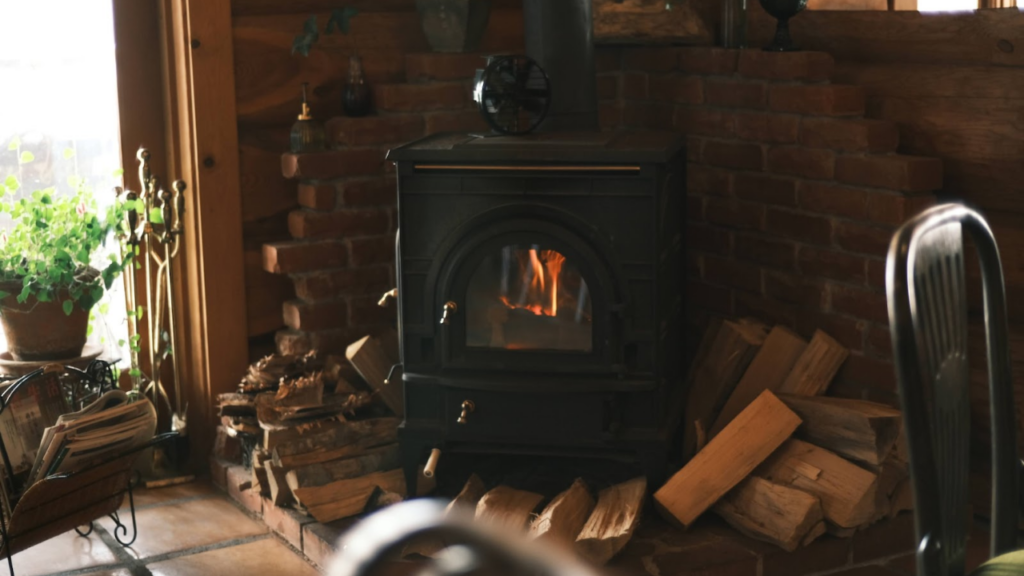
Carrier Infinity
These heat pump small splits are difficult to beat because they can heat and cool simultaneously. With a SEER of 42, its inverter heat pump is highly efficient.
Heat Storm Deluxe – Wall Heater
This heater is fantastic because it mounts directly on the wall and plugs straight into an outlet. It also has a low profile, which means it doesn’t take up much room. The best part is that you can simply remove and store it during the warmer seasons because it’s just a plug-in heater.
The Hobbit – Wood Stove
You will need a very tiny wood stove to go off the grid for heating. For individuals who wish to heat and cool using wood, this is an excellent alternative because it can’t be much smaller than 18 inches by 12 inches and still feed wood.
Heater – MH9BX
It is easily portable, operates on propane, which is available in any place, and produces plenty of heat when needed. Whatever heating method you choose, everybody should have a Mr. Heater as a backup heating source. You can get hoses for grill-sized tanks or fuel in 1-pound tanks.
Oil Filled Radiator
When the weather gets warmer, you can still keep it, but wheel it in whenever you need to heat your tiny. You get pleasant, quiet, and even heat due to the oil-filled radiator. These have the drawback of being energy-intensive, so if you’re off the grid, it’s not an option, and if you are on the grid, your power costs may be substantial.
Tips for Heating Tiny Homes
There are a few things to consider when heating a tiny dwelling. To start with, ensure you have enough insulation to stop heat loss. To guarantee that your entire space is heated equally, think about utilizing a variety of heater types. Finally, consider the size of your tiny house when selecting a heater; a heater that is too big will be inefficient, while a heater that is too small won’t give enough warmth.
Insulate
Insulation preserves warmth in the winter and allows cool air to circulate inside during the summer. Your small home will be far more pleasant, more sustainable, cost-effective, and have better insulation, which will all benefit your heating.
Electrical Systems
Another crucial element in every tiny house’s construction is its electrical system. Mainly because an electric heater is one of the simplest methods to keep your little home warm.
Cooling Solutions
Cooling your tiny house might be just as crucial as heating it if you live in a warm climate. There are numerous options, including evaporative coolers, fans, and air conditioners. Select the best choice for your needs, depending on your home’s size and the area where you live, some may offer more effective cooling than others.
FAQs
What Are Some Emission-Free Off-Grid Heaters?
Emissions from solar heaters are zero. However, since solar heaters only function during the day, one may need more heat for a whole house at night. Those purchasing solar heaters will require an additional heat source at night. Installing additional solar panels and energy storage to run an electric space heater is an extra choice.
Can a Window Air Conditioner Effectively Cool a Compact House?
Yes, compact dwellings can use window air conditioning systems. Despite this, some owners employ other cooling techniques as their bulky nature prevents them from taking up valuable storage space and obstructing windows and natural light in use.
Are Tiny House Electric Heaters Dangerous?
Like other heating sources, electric heaters operate with the utmost caution to protect the safety of any occupants. Tiny dwellings must ensure enough room before using the heater between them and any nearby objects or surfaces because they have limited space. Similarly, you should adhere to other instructions in the heater’s operation manual.
The Wrapping Up
In conclusion, tiny house heaters are necessary to maintain a warm and comfortable small home during the winter. For heating a tiny house, there isn’t a universally applicable approach. Before choosing, carefully consider the benefits and drawbacks of each alternative. Whichever small house heater best fits the owner’s needs, tastes, and budget is the best option.

